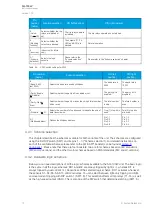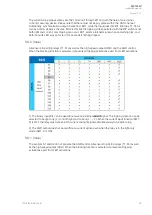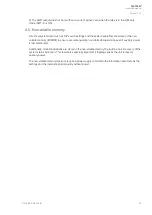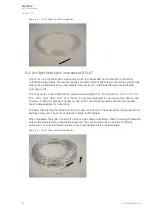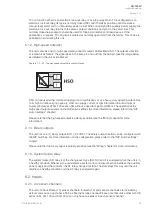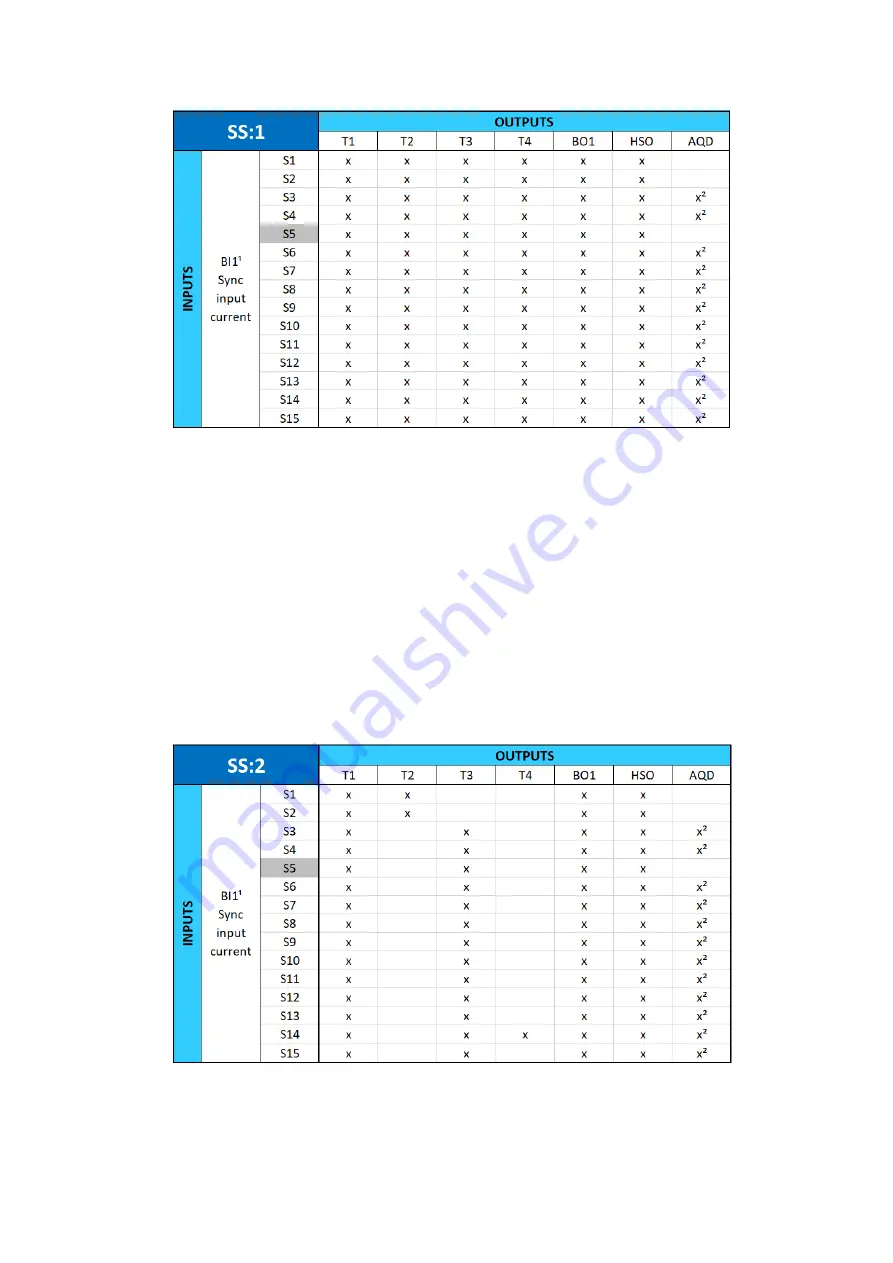
1) The binary input BI1 can be used to receive an external
curr
current
ent signal. The tripping criterion can be
selected to be light only (L>) or both light and current (L> + I>). When the current input function (SW1:
8) is OFF, the relay must receive both current and light signals simultaneously to be able to trip.
2) The AQD output does not work without a current signal, even when the relay is in the light-only
mode (SW1: 8 is ON).
SS:2 (main–tie–main)
The sensors S1 and S2 do not activate the AQD control, but they do control the input (with T1) and the
first circuit breaker (with T2). The sensor S14 always monitors the bus coupler circuit breaker and it
controls the trip relays T1, T3, and T4 (which is the main input of the other side of the bus coupler
circuit breaker). S14 also monitors the AQD control. The rest of the sensors control T1 and T3 as well
as the AQD control. All sensors can also trip the high-speed output (HSO). When the blocking function
is selected, it prevents all tripping activations apart from LED activations.
1) The binary input BI1 can be used to receive an external
curr
current
ent signal. The tripping criterion can be
selected to be light only (L>) or both light and current (L> + I>). When the current input function (SW1:
8) is OFF, the relay must receive both current and light signals simultaneously to be able to trip.
A
AQ
Q-103L
-103LV
V
Instruction manual
Version: 1.00
21
© Arcteq Relays Ltd













